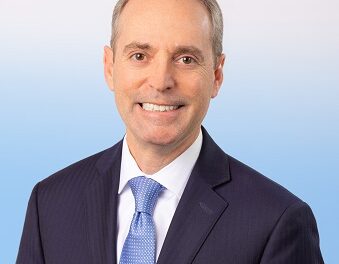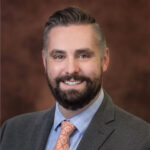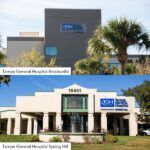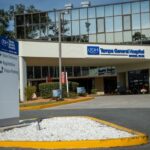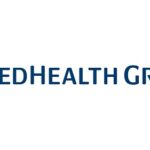 Giving new year’s greetings is an ancient custom, one often accompanied by making new year’s resolutions. Both are recognitions that we are part of a community and that our welfare as individuals is linked to others. But the resolution goes beyond the greeting: it recognizes that we have individual and social responsibilities and that by well thought-out and consistent action we can improve our own lot and the condition of those we love and care about. In resolutions we find the beginnings of planning. As medical research advances, its findings are increasingly translated into both personal and public health plans and actions.
Giving new year’s greetings is an ancient custom, one often accompanied by making new year’s resolutions. Both are recognitions that we are part of a community and that our welfare as individuals is linked to others. But the resolution goes beyond the greeting: it recognizes that we have individual and social responsibilities and that by well thought-out and consistent action we can improve our own lot and the condition of those we love and care about. In resolutions we find the beginnings of planning. As medical research advances, its findings are increasingly translated into both personal and public health plans and actions.When my daughter was quite young, I realized she could benefit from dance class. Dancing could provide vigorous exercise; develop social and listening skills, coordination and self-discipline; and foster a sense of personal accomplishment—all in enjoyable, weekly sessions. But enrolling her in dance class meant making a personal commitment to take her to weekly sessions. Since ancient times, parents and communities have placed value on vigorous exercise for the young; but modern research has shown its lifetime health benefits. We advise our patients to exercise; our schools and day cares are incorporating appropriate exercise into their curriculums together with research-based measures of success. Today, centers for the elderly are teaching yoga and dance.
Medicine was once thought of as the treatment of the sick; prevention and public health measures are now recognized as central aspects. As physicians, we encourage patients to return for periodic checkups because we know that many deadly and crippling diseases begin asymptomatically.
Through medical research, we have progressively learned what sorts of measures people should take to preserve good health. Some general rules for cardiovascular health include avoiding or eliminating tobacco and excessive alcohol, eating a balanced diet, and exercising regularly. People should be checked for hypertension, hypercholesterolemia, diabetes and obesity; those with such conditions need to more urgently adopt healthy lifestyles, take appropriate medications, and be regularly monitored. This is medical advice that physicians and health professionals regularly give their patients. Florida Heart Research Institute continues to provide health outreach services by conducting cardiovascular screenings, providing general heart health advice, and counseling those in need to see their physicians or attend a public clinic. According to the Health Council of South Florida, 24.5% of Miami-Dade residents do not participate in physical exercise, 28.1% are obese and another 38.3% overweight, 9.0% have been diagnosed with diabetes, and 10.2% smoke.
In his November 13th Viewpoint article in JAMA, Harold C. Sox wrote that “social factors, especially poverty, education, and social networks, are stronger determinants of the health of a population than healthcare.” This raises special concerns for us in Miami-Dade. The Census estimates that 22.5% of Miami-Dade County adults never completed high school, almost as great as the 26.2% with a bachelor’s or advanced degree. In Miami-Dade, 17.9% of residents live in poverty and 29.1% lack health insurance, double the national rate. Half the county’s population (51.2%) is foreign born; almost three quarters (72.3%) speak a language other than English at home. While most speak Spanish, many languages and cultures are found here; Dade is home to the largest Haitian community in the nation. So health information is harder to distribute, and community health resources are more limited; that is why Florida Heart distributes cardiovascular health information in Creole, Spanish, and English.
I hope that you all have a very good year, and I want to thank you for your efforts to ensure that 2014 is a year of good health in our community.




